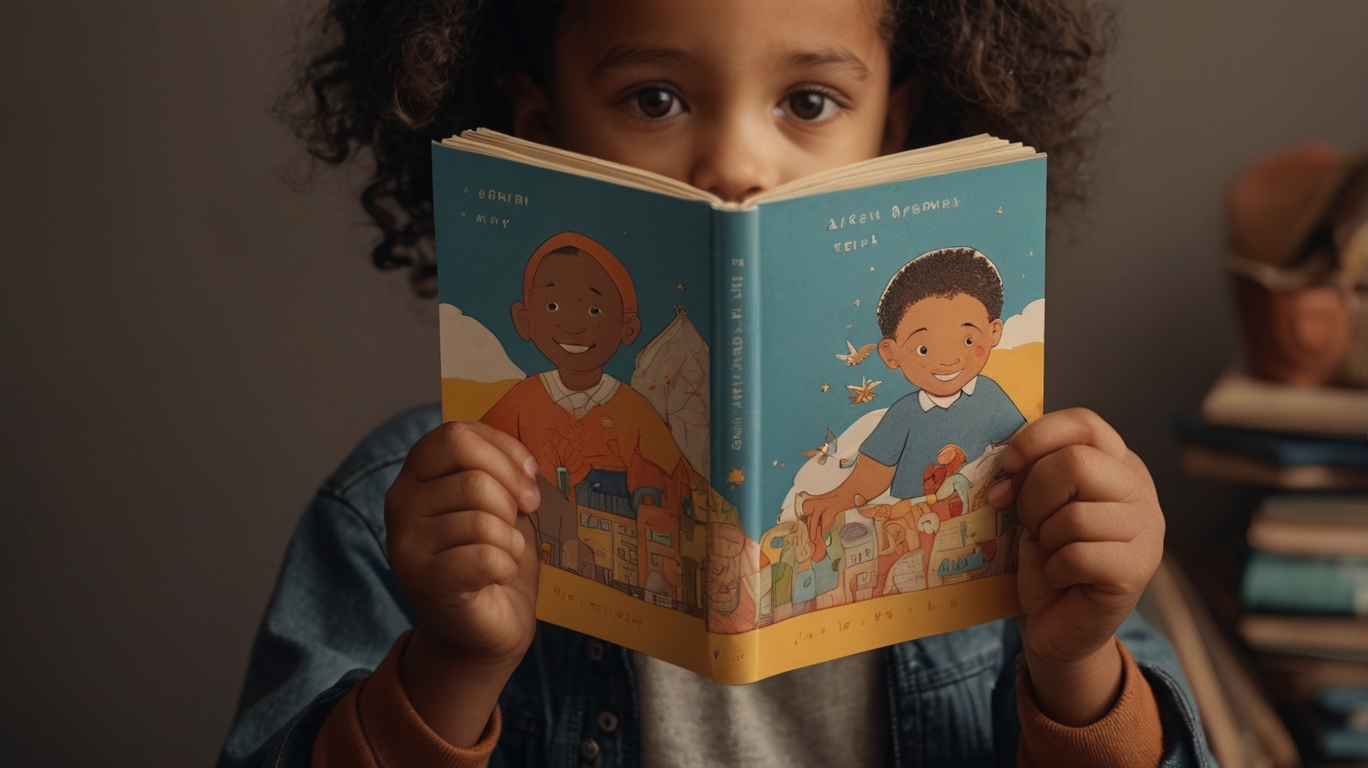If you’re a parent or educator, you’ve probably seen it, when a child shrinks after being teased for their lunch, accent, skin tone, or neurodiversity, and in a world that’s beautifully but complexly diverse, helping kids form a confident, resilient identity has never felt more important or more urgent.
Why Kids Struggle with Identity in Diverse Environments
Whether it’s navigating two cultures at home, learning alongside peers with different abilities, or simply figuring out where they “fit,” children today are growing up in environments rich in diversity, but also rife with comparison, and research confirms: self-esteem takes root early.
By age 5, children already hold a basic sense of self-worth, similar in strength to adults.
Yet, self-esteem tends to dip during adolescence, especially for girls, due to social pressure and body image concerns.
In short, kids absorb the messages around them, both the affirming ones (“I belong here”) and the damaging ones (“I’m different, so I must be wrong”).
What the Research Says: The Role of Environment
According to global studies:
- Children with strong family bonds tend to report higher self-esteem. Daily affirmations, shared meals, and emotional support matter more than we think.
- School climate is critical: Bullying and exclusion lower life satisfaction and self-worth, while inclusive classrooms and kind teachers boost belonging.
- Representation matters: When kids see positive role models who look like them in media or school (e.g., a Black teacher or bilingual classmate), it raises their belief in what’s possible.
- Diversity alone isn’t enough: Without inclusion and affirmation, it can create more confusion, especially for kids from minority backgrounds.
So How Do We Help? Practical Strategies for Parents & Educators
1. Affirm Identity Daily
- Say it out loud: “You’re smart, kind, and unique. I love who you are.”
- Celebrate your child’s cultural, linguistic, or neurodiverse traits, not just tolerate them.
2. Expose Them to Positive Role Models
- Read diverse books, watch shows with empowering characters of all backgrounds.
- Share stories of people from similar backgrounds doing amazing things.
3. Practice Value-Based Parenting
- Teach: “We treat others with respect,” or “We value kindness over popularity.”
- Anchor them in principles that guide them, even when the world confuses them.
4. Foster Growth Mindset & Autonomy
- Praise effort, not outcomes. Say: “I love how hard you worked on that,” not just “You’re so smart.”
- Let them try new things, fail safely, and learn from setbacks.
.5. Create Belonging in Diverse Spaces
- Encourage community programs, clubs, or mentorships where kids can thrive as their full selves.
A Trending Truth: The World is Watching
Recent news highlights how children’s identities are under constant pressure. From school bans on bilingual learning to social media shaping body image, kids are bombarded with messages about who they “should” be. As parents, we’re the most powerful mirror they’ll ever look into.
What to Remember
Our children can thrive in a diverse world, not in spite of it, but because of it. When they’re affirmed, seen, and valued for who they are, they don’t just survive mixed environments they shine.
The message we need to send is simple but powerful:
You belong here. Just as you are.
Your Turn: Small Shifts, Big Impact
This week, try one of these:
- Tell your child one thing you admire about their uniqueness.
- Add a diverse book to your family’s reading list.
- Ask your child what makes them feel proud, and what makes them feel different.
Then listen. Celebrate, and remind them: Being different isn’t a problem, it’s a superpower.





